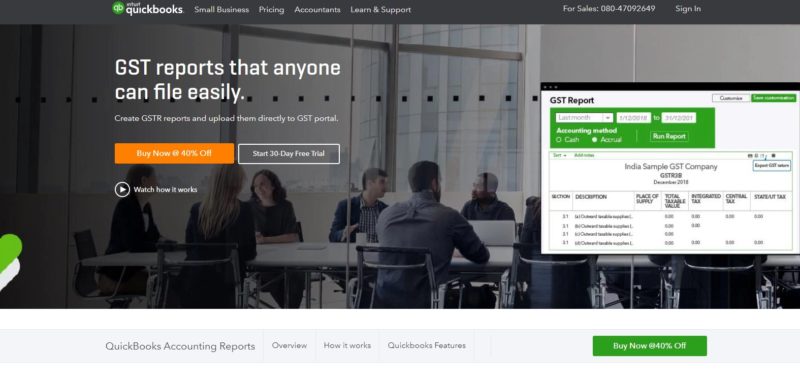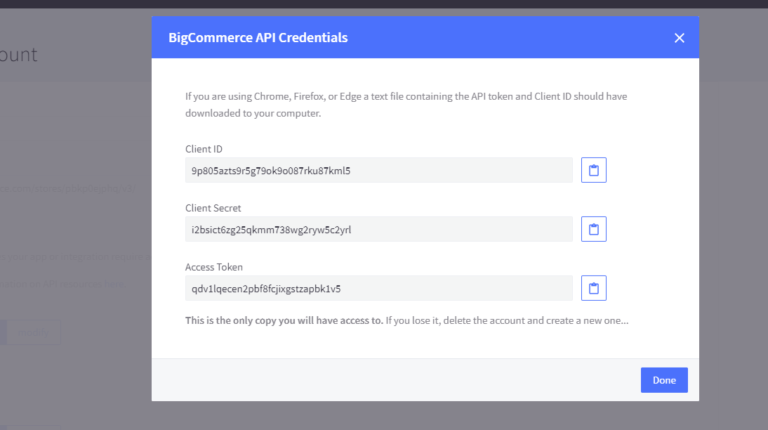
The main thing is, it’s an electronic process, which not only saves a lot of time and trouble, but it prevents errors. I recently added some price matching functionality to it as well. I also have one to handle Amazon inventory updates as Order Manager inventory changes. I have some “C” programs I wrote that I schedule to run every 60 seconds using Task Scheduler that look for new flat files to process, sourced from either Amazon or Order Manager, and do some massaging to prevent duplicate orders from being imported or confirmed. I load it at boot time on our server and it handles all the moving of files. I use AMTU for the transport of the flat files back and forth to Amazon, Amazon provides AMTU for free. Orders are imported from Amazon order report flat files using an order import template function that’s already built-in to Order Manager. Order Manager is a Microsoft Access application, so it’s not hard to create database queries that generate the flat files that Amazon needs.

I did all the Amazon integration work myself. There’s actually an add-on for Order Manager to integrate it with Amazon, it’s called “Semplice”. If it’s non-zero, that’s a red flag that we missed something. Once that’s done, we log on to Seller Central and verify that Unshipped Orders is zero. So order confirmation and tracking are also done electronically. If you’re trying to pack the wrong product, or you miss something, it let’s you know and it won’t let you finish the process.Īnyway, I thought I’d just throw this out there as an example of another way you could be processing orders.Īfter we’re done packing, we tell Order Manager to send tracking info for each order to Amazon. Then by scanning the UPC of each item, it makes sure what we’re packing matches what’s on the invoice/packing slip. By scanning the invoice/packing slip, it positively identifies which order is being packed.

The nice thing about this scanning is that it eliminates errors.

Stoneedge order manager code#
For each order, it has us scan the bar code on the invoice or packing slip, and then scan the bar code on each product on that invoice/packing slip, and then do one more scan of the invoice at which time it expects everything to be sitting on the shipping scale as it captures the weight. We have one dummy order set up in Order Manager for all Amazon Pendings.Īt ship time every day, we simply use Order Manager to print all the packing slips (Amazon orders) and invoices (web site orders), and then we pack each order. Then when it drops off the pending list, whether it becomes an order or it cancels, we have to manually delete the item from that dummy order. We have to do this so that we remove that item from the other two venues so we don’t double sell it. It then updates the inventory on the other two venues, so we don’t double-sell a product.Īmazon pending orders are a pain, because we have to manually enter the item’s SKU into Order Manager under a dummy order, I don’t currently have a way to import pending orders automatically. Whenever a sale occurs at any of our three venues: our web site, our b&m store, or Amazon, that order gets imported into Order Manager electronically. It has a record of all of our inventory on it at all times. In our business, we have a centralized order processing program - Stone Edge Order Manager.
Stoneedge order manager manual#
It sounds like you have a very manual process for dealing with orders. What are we missing? I’m sure it’s simple…
Stoneedge order manager how to#
The download order report is not something we have figured out how to work from either - we still need our order print out for filling and packing purposes. Trying to not overlap and double print orders - orders get distributed to production areas.ĭoes anyone know off hand, if the pending orders that don’t get payment approval for a couple of days - do they become viable orders and are automatically considered a late ship? (We’ve currently got an order in pending since the 7th and are watching to see what happens if and when it is paid and sent through) We download/print them in the morning and then in the afternoon. We still seem to miss orders that become late ships, fairly regularly. Our problem is that we cannot find a reliable method to print off daily orders because of the ordering/time stamp method in which they come in. Can I get some feedback on what your processes might be to download and keep track of orders? We’ve been selling for a couple years now, but are recently experiencing an increase in orders.


 0 kommentar(er)
0 kommentar(er)
